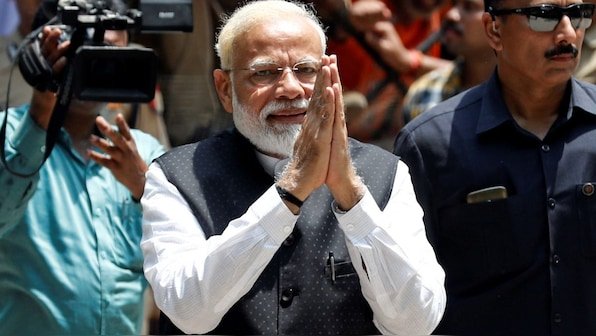
Every year December 25 is observed as ‘Good Governance Day’ or Sushasan Divas. Designated by Prime Minister Narendra Modi in 2014, the day has become an occasion to pay tribute to former PM Atal Bihari Vajpayee and also appreciate the measures the country has been adopting towards ensuring good governance.
Why does India celebrate Good Governance Day?
Good Governance Day is celebrated on the birth anniversary of Vajpayee who was born on December 25, 1924 in Madhya Pradesh’s Gwalior.
He was the first leader of the BJP to have served as India’s Prime Minister for three times – briefly in 1996, for 13 months in 1998 and 1999, and full five-year term from 1999 to 2004.
His tenure saw transformational initiatives including the Kisan Credit Card, Pradhan Mantri Gram Sadak Yojana, Sarva Shiksha Abhiyan, and the National Rural Health Program.
Good Governance Day aims to promote awareness and educate citizens of the country about government duties as well as activities. It also instills “good governance” as a practice for Indian civil servants.
The goal to observe this day is to bridge the gap between the public and the government by promoting active participation from both.
The day is also commemorated to guarantee that the citizens of the country are treated equitably by the government and that they get utmost opportunity to avail the benefits of a host of government services.
Since coming to power in 2014, one of the biggest achievements of the Modi-led government at the Centre is its ability to deliver good governance to the people of the country in the remotest and most backward of regions and ensuring last mile delivery of schemes despite challenges.
Content retrieved from: https://www.firstpost.com/india/good-governance-day-from-scrapping-obsolete-laws-to-digital-reforms-how-india-changed-in-10-years-13847432.html.




